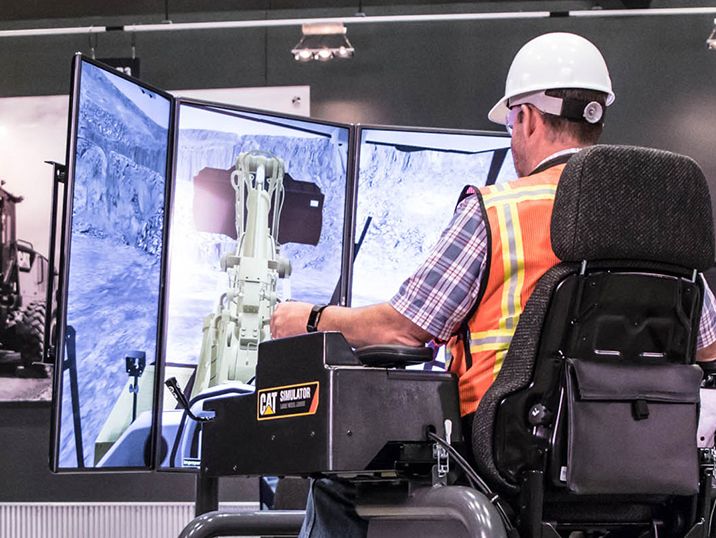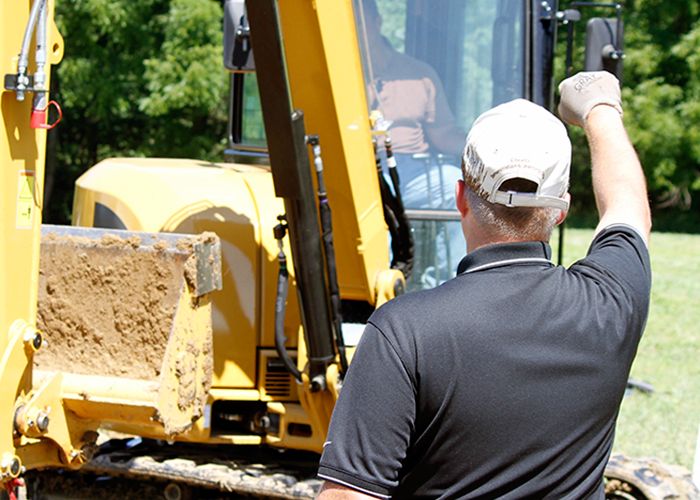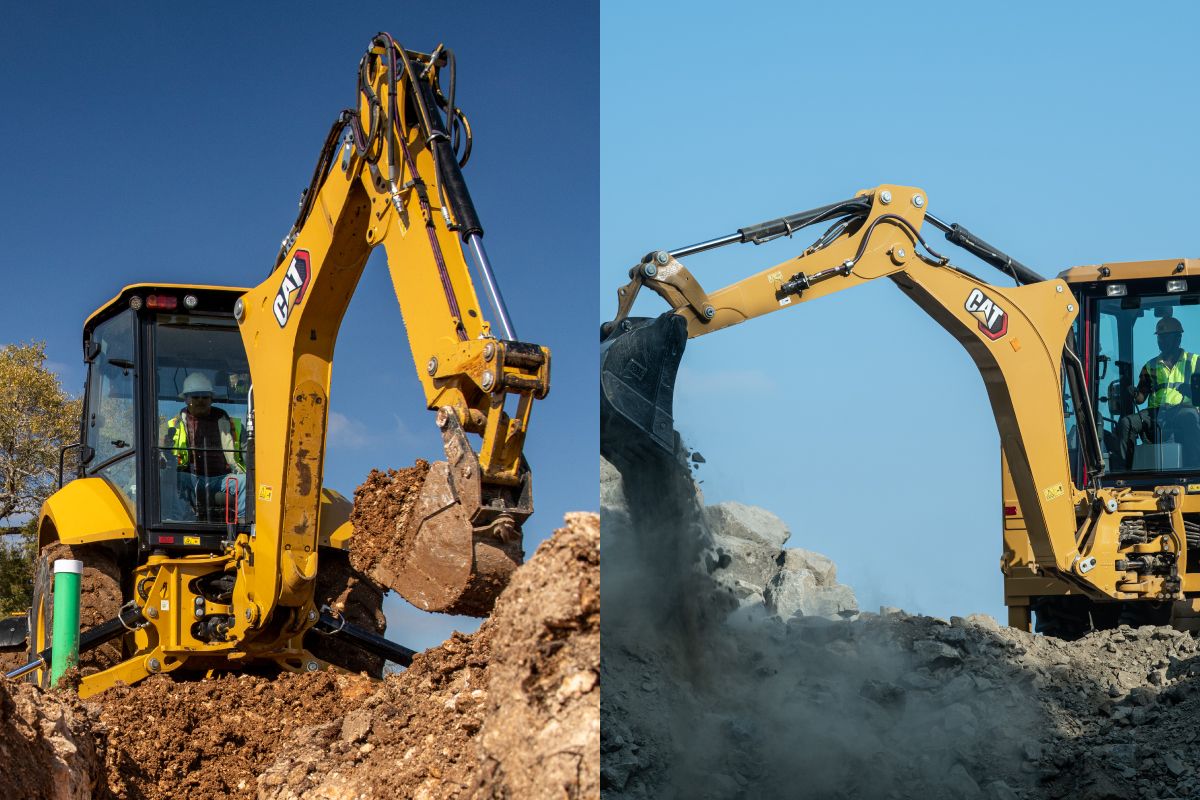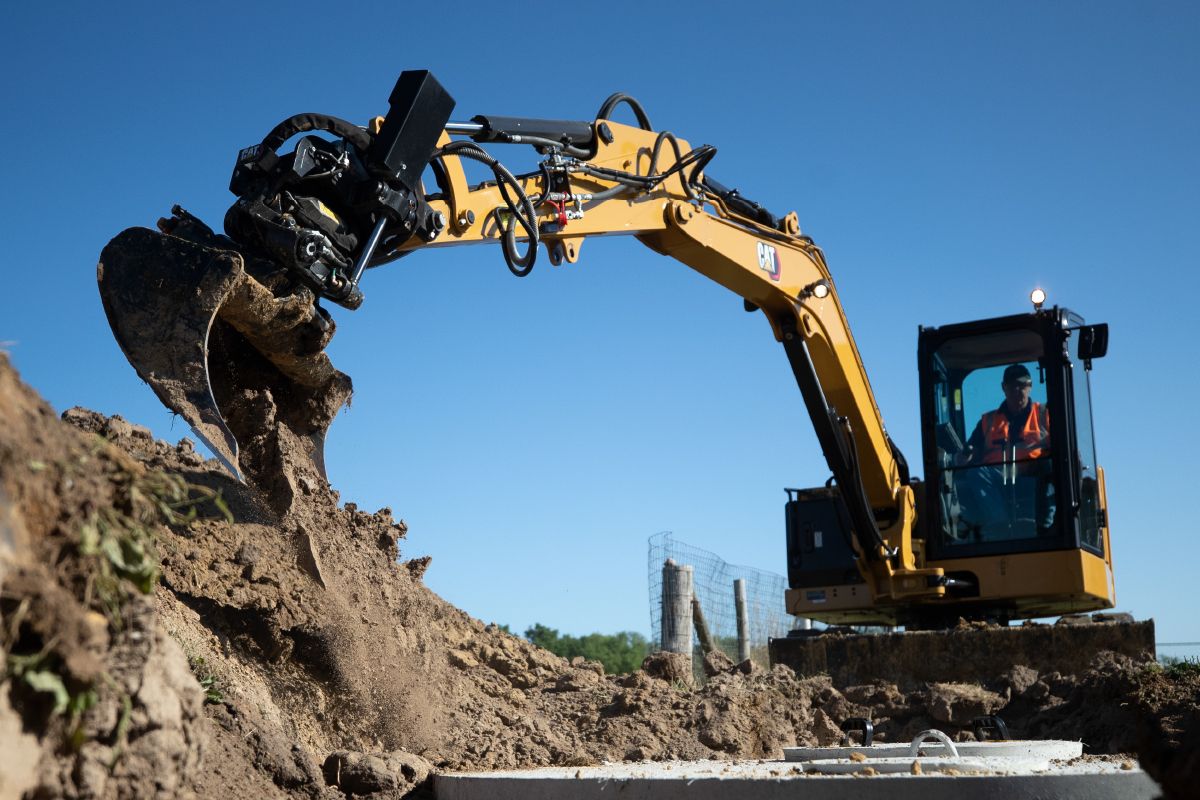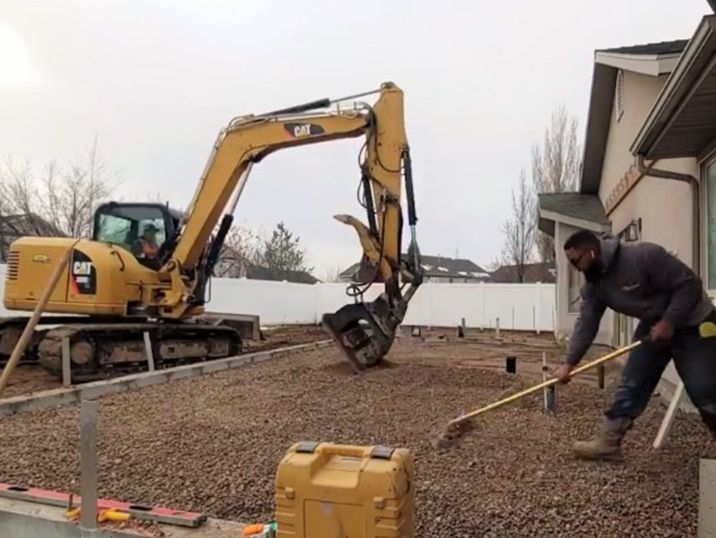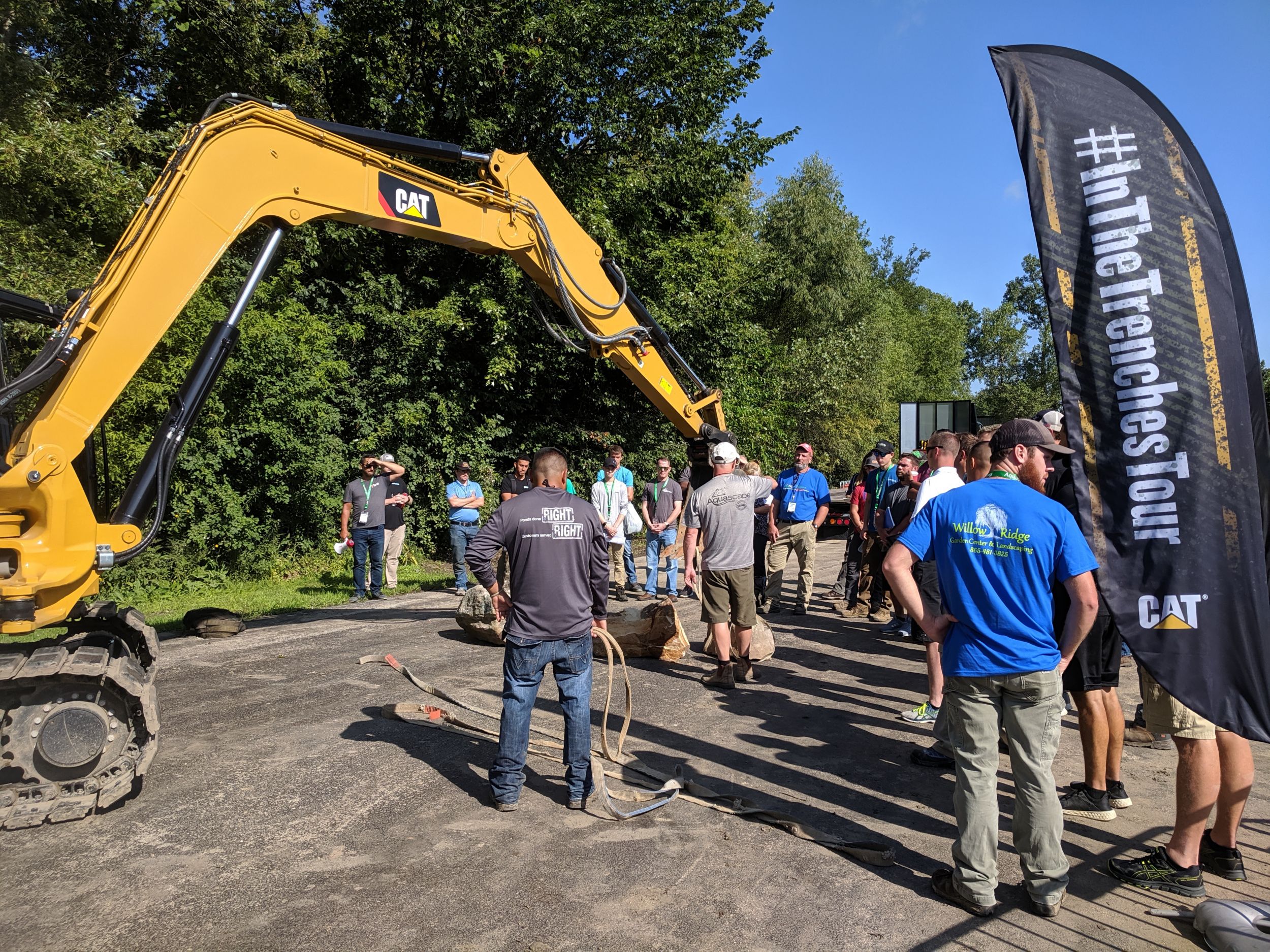

Sign In
Welcome! Sign In to personalize your Cat.com experience
If you already have an existing account with another Cat App, you can use the same account to sign in here
Register Now
One Account. All of Cat.
Your Caterpillar account is the single account you use to log in to select services and applications we offer. Shop for parts and machines online, manage your fleet, go mobile, and more.
Account Information
Site Settings
Security
Equipment Training to Improve Your Business
Having a strategic and intentional equipment training plan for your business can not only help with retention, but also recruitment – helping to address the labor shortage issues we see in the industry.
Last month we talked to Ryan at Rock Structures about how to find and keep the best crew members. He pointed out that investing in your team is vital to employee retention, and one way to do that is through training. Having a strategic and intentional equipment training plan for your business can not only help with retention, but also recruitment – helping to address the labor shortage issues we see in the industry.
I sat down with a few of our trainers here at Caterpillar to get their perspective from years of working with customers on equipment training solutions: Scott manages our simulator program, Josh manages the demonstrator instructor team at our Edwards Demonstration & Learning Center, and Nathan is an equipment training services coordinator and product demonstrator instructor.

Operators: How to Get Started
It’s an age-old question –how do you go about getting the experience you need to qualify for the jobs you want?
“One path is looking for apprenticeship programs with your local union,” says Josh. “Those are usually four years and will take a novice operator up to speed on several pieces of equipment both safely and efficiently.”
As you’re checking local unions, or even trade schools, see if you can find any that incorporate equipment simulators into their programs. “The sweet spot for simulators is actually new operators,” says Scott. “You get the exact same controls that an operator will see in a machine. We do a walk around first, get familiar with the controls, then work through a simple task curriculum.” Simulators don’t replace actual seat time, but they do help new operators get over the initial fear factor of operating equipment – it puts them ahead of the game when it’s time to get in a machine.
Nathan actually joined the construction industry about three years after high school and didn’t have much background on equipment. “A local contractor was hiring laborers, and that’s how it happens more times than not. You start as a grounds person holding the shovel and just being around equipment, learning the job sites. Look for jobs as a laborer or grade checker – you’ll get a lot of on-the-job training that way and get to be around operators who really know equipment.”
How to Build an Effective Equipment Training Plan
Scott says the best approach to equipment training is three-tiered – online, simulation, and instructor led. That said, when our teams at Caterpillar consult with customers on putting together training programs for their business they customize recommendations to what that customer needs and the best combination of different approaches.
“We talk about things like, what is the cost of a second? If I can save you one second per repetitive motion, what does that actually save you at the end of the day?” says Nathan. “What can we get back for you and your business? On bigger job sites, that can actually be millions of dollars per year.”
Equipment training programs aren’t just for new employees.
“Over half of the operators we train have been in the industry for 10+ or even 30+ years, and they still have things to learn,” says Nathan.
Josh adds, “We can help with new employees focusing on safety, machine knowledge, and machine benefits or features. But then we can also switch gears and do advanced features, productivity tips, efficiency, etc. Things that make a big difference to the bottom line of a business. There are definitely ways to make your business more profitable through equipment training.”
Developing your own training program is a deep endeavor – you have to be fully invested. “We want to make sure that whatever program you establish will work for your business model,” says Nathan. “We have a series of guidelines and checklists that we’ll walk through with you before we start the work. We want you to be successful with your new equipment training program, and to see the direct benefits to your business.”
Can Smaller Contractors Still Benefit?
Short answer: yes.
“Consider fuel costs,” says Josh. “You can use a simulator to screen applicants, but also to train new crew members. This way you’re not burning fuel on your existing equipment.”
Another benefit to training new employees is that they learn the correct terminology and they’re indoctrinated with the right way to do things on your job sites. “We’ve seen that using simulators you can cut that learning curve in half in the first 10 minutes of equipment training,” says Josh. “For example, teaching someone about slot dozing and how starting from front to back is the most efficient way to operate.”
If a simulator seems like a big cost, Scott let us know that there’s actually a rental program. “You don’t have to necessarily buy one to access the benefits.” One thing to remember is that you can switch between machine models with just one simulator.
“The software creates metrics and recordings,” says Scott. “You can have individual operators log in and see their progress in specific programs. Set up trip points in the exercises for pass/fail notifications. The instructors can decide what’s important for any given exercise, such as fuel burn, time, etc., and can modify exercises for beginner, mid-level or expert level operators.
How to Get Started
The best way to get started is to contact your local Cat® dealer. They may have a certified instructor on staff who can provide all these services to your business.
You can also check cat.com/training for requests of the Caterpillar training team. Our team offers several levels of training:
- Brand new operators who have never been around equipment
- Operators with 2-3 years of experience on a specific piece of equipment
- Equipment operator certification
Our training is instructor-led with a combination of in-classroom (on the first day) and in-the-field coaching with equipment. This can be held at our one of our training facilities, or even better, our instructors can come to you and work with your equipment in your own environment.
For simulator information, go to catsimulators.com.

RELATED ARTICLES
You’re here to get ideas to grow your business. Read on for machine insights and expert tips and tricks to get more out of every job.
-
Cat® Backhoe Loaders: Side Shift or Center Pivot?
When it comes to Cat backhoe loaders, how do you choose between a side shift or center pivot? Learn which machine is right for your specific application.
Learn More -
Why a Cat® Tiltrotator Is Useful for Mini Excavators
Tiltrotators give excavator attachments 360-degree rotation for precision and versatility. Learn how tiltrotators make mini excavators even more useful.
Learn More -
Rock Structures Guide to Recruiting and Retaining Construction Crew Members
Ryan Goodfellow, owner of Rock Structures, talks about his strategies on recruiting and retaining construction crews as well as advice for new operators.
Learn More -
Pondemonium 2019 Recap: Taking Pride in Your Landscape Work
Serene waterfalls. Babbling brooks. Tranquil ponds. And the quiet purr of Cat® equipment in the distance … sounds like a little piece of paradise, right? That’s just what we found when we arrived at Pondemonium 2019 a few weeks ago with our In The Trenches Tour featuring Next Generation Cat Mini Excavators. This experience was like no other landscaping event in world. And we couldn’t wait to share a recap with you in the latest “On The Level” blog. If you don’t already love your job, you will after reading this!
Learn More

